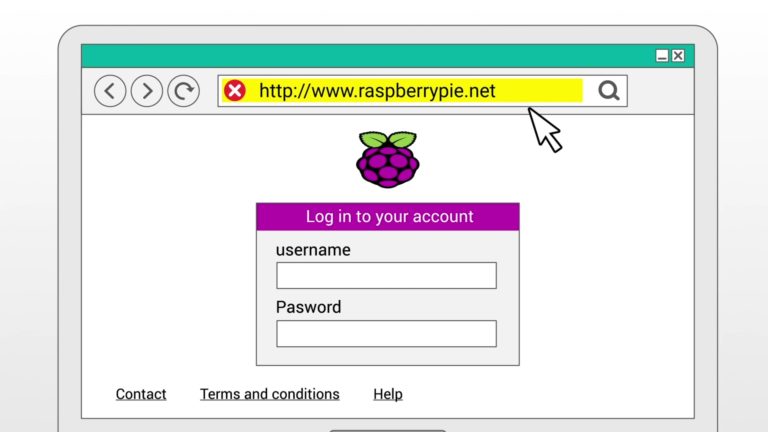Home / IT & Computer Science / Cyber Security / Introduction to Cybersecurity for Teachers / Social engineering

Reach your personal and professional goals
Unlock access to hundreds of expert online courses and degrees from top universities and educators to gain accredited qualifications and professional CV-building certificates.
Join over 18 million learners to launch, switch or build upon your career, all at your own pace, across a wide range of topic areas.

 As with phishing attacks, pharming attacks can be identified from aspects of the website that seem out of place or incorrect. For example, any of the following could indicate a pharming attack:
As with phishing attacks, pharming attacks can be identified from aspects of the website that seem out of place or incorrect. For example, any of the following could indicate a pharming attack:



